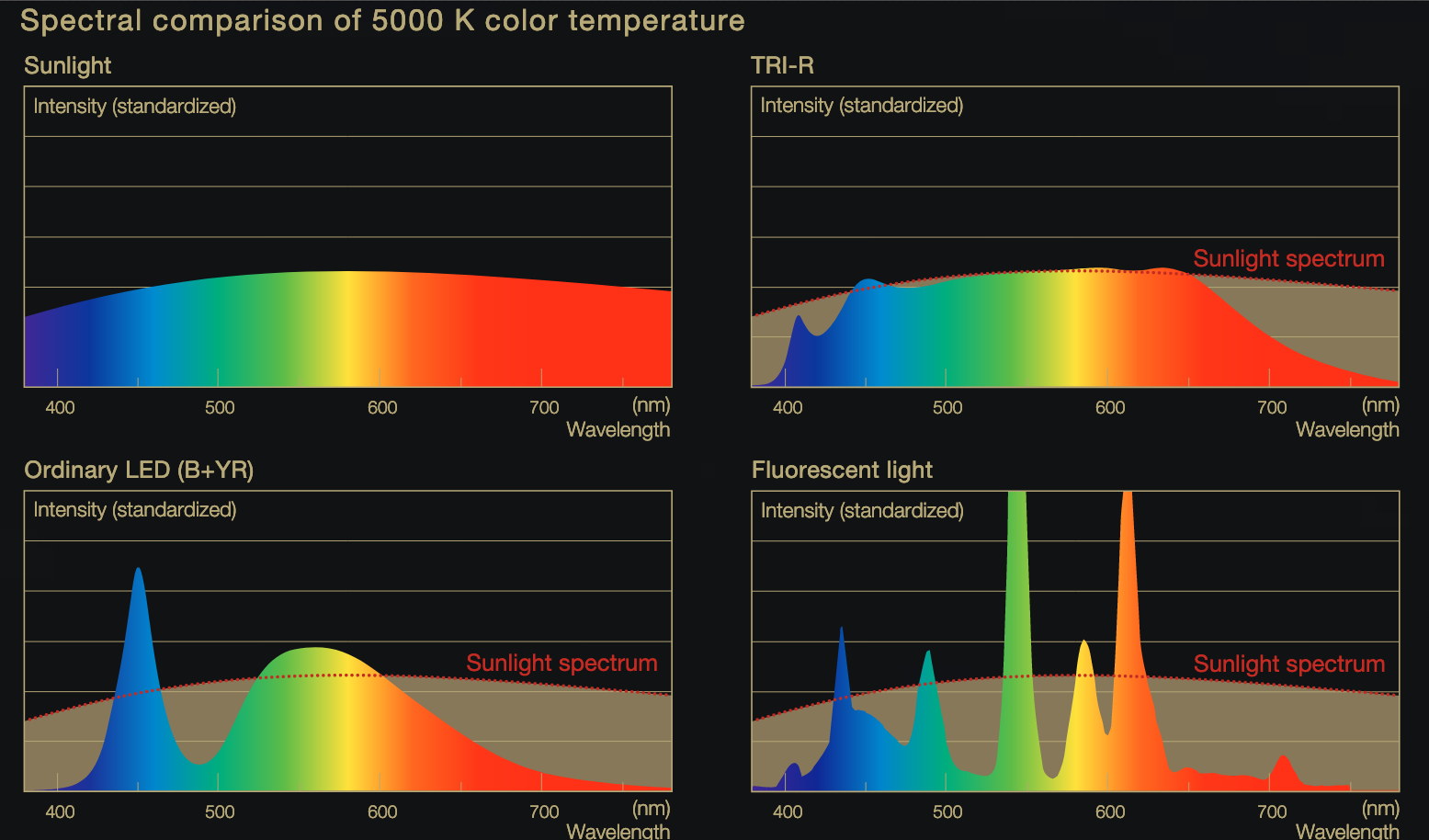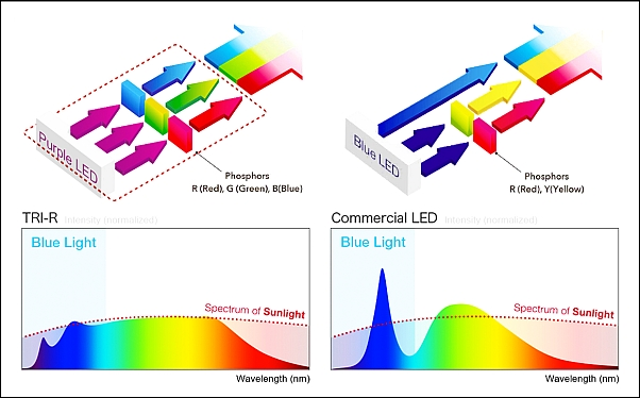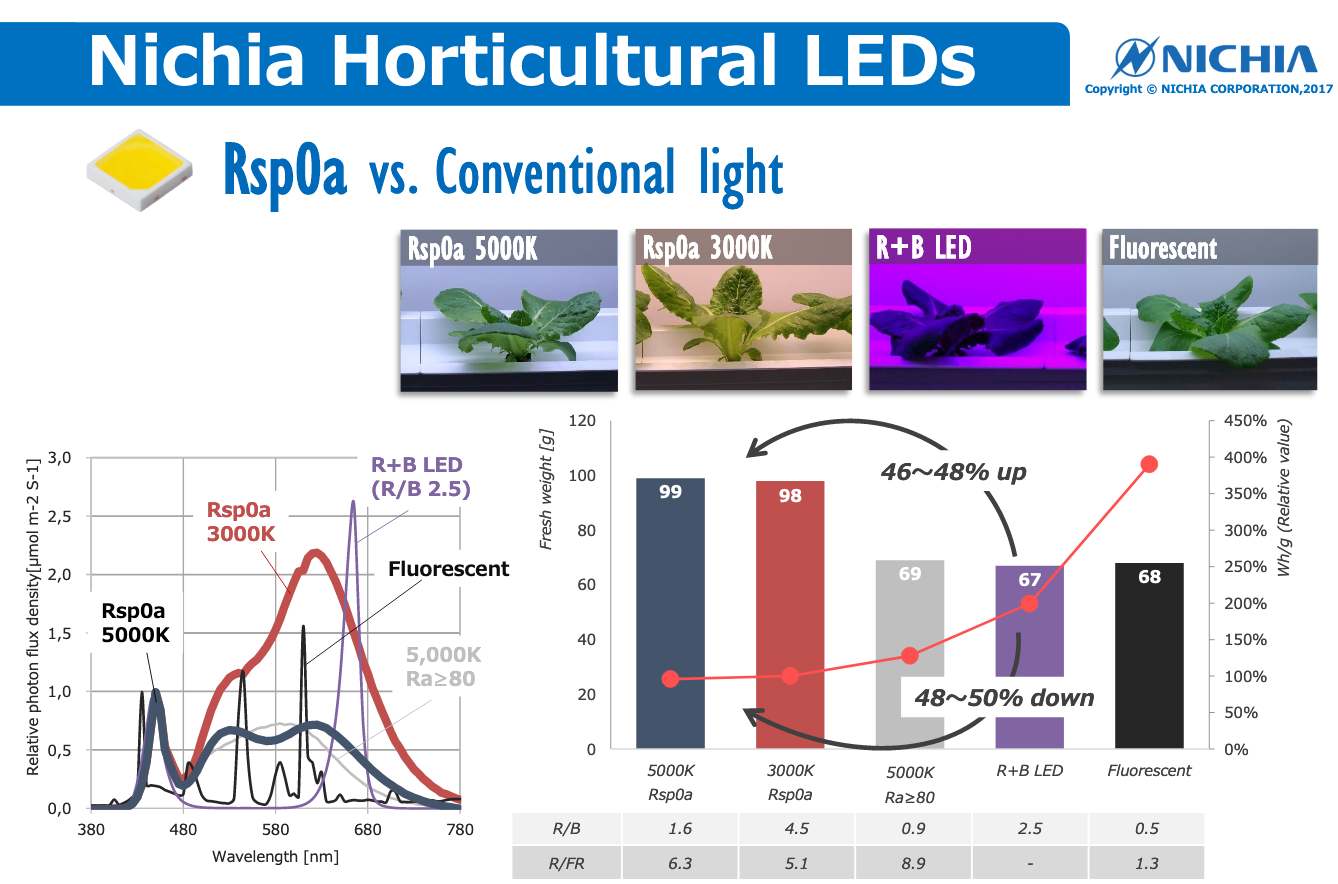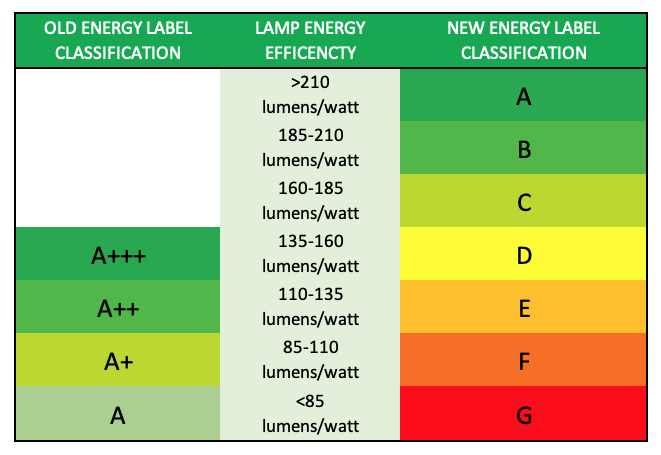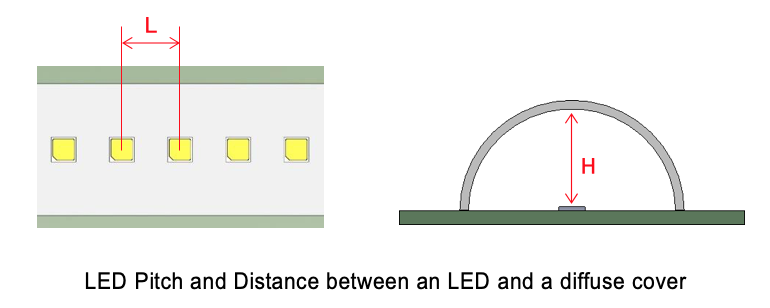Growing plants under artificial lighting in closed and fully controlled environments is a method of growing use and global impact.
Industrial scale indoor agriculture could become the main factor that keeps at bay famine and related conflicts. With increasing population, diminishing area of agricultural land, pollution, global warming and migration to grow plants in a reliable, predictable and efficient way will become even more important in the future.
Basic science concepts related to Horticulture lighting
A key factor in the success of indoor plant growth is the efficiency of the lighting system in the process of inducing plant growth, compared with sunlight.
To build a very efficient lighting system some basic scientific concepts should be known.
Plants grow via a process called Photosynthesis that converts electromagnetic radiation – light – into chemical energy used for growth and development. The other ingredients needed are carbon dioxide (CO2), nutrients and water. The process itself is not particularly efficient, with only 4 to 6 percent of the absorbed radiation converted into chemical energy, but this is the engine that drives most life on the planet.
Photosynthesis and PAR radiation
The electromagnetic radiation required for Photosynthesis is defined as Photosynthetically active radiation (PAR), with the spectral range of 400 to 700 nanometers. Only radiation in the above interval can be used by photosynthetic organisms in the process of photosynthesis, to fix the carbon in CO2 into carbohydrates.
We should note that the electromagnetic radiation called visible light or simply light for a typical human eye has a spectral range from about 380 to 740 nanometers.
A common unit of measurement for Photosynthetically active radiation PAR is the photosynthetic photon flux (PPF), measured in units of moles per second. For many practical applications this unit is extended to PPFD, units of moles per second per square meter.
